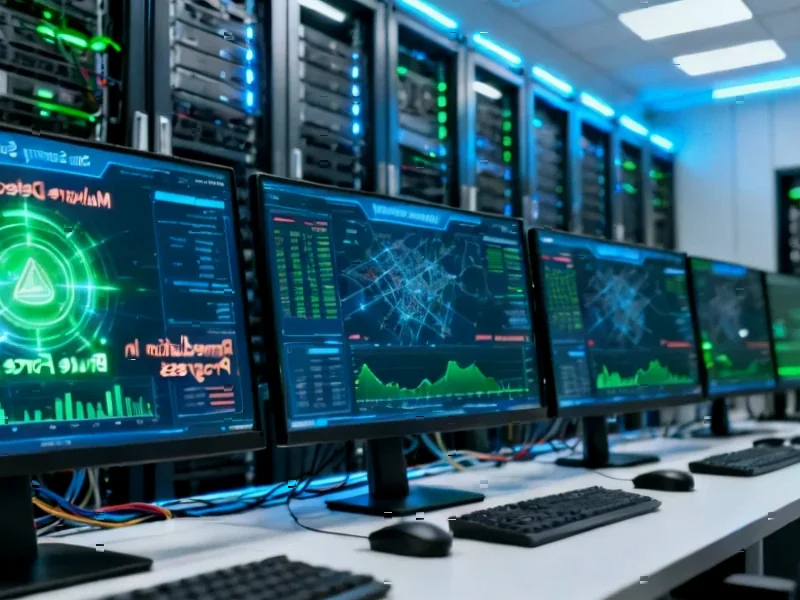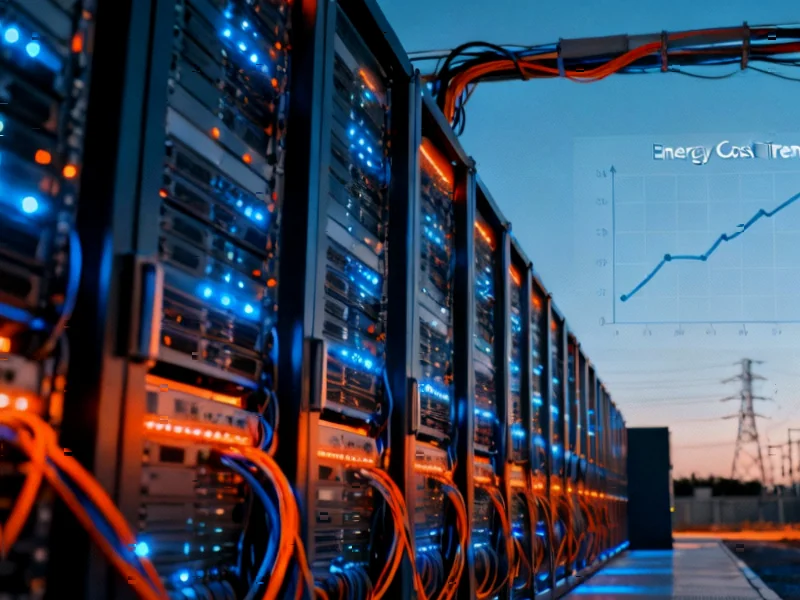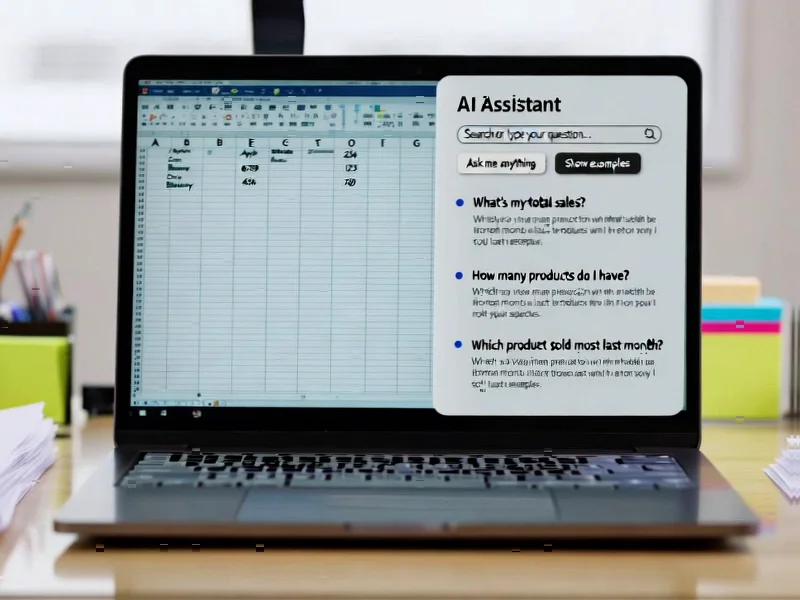According to Financial Times News, Google DeepMind, Anthropic, OpenAI and Microsoft are intensifying efforts to combat indirect prompt injection attacks, where third parties hide malicious commands in websites or emails to trick AI models into revealing confidential data. Anthropic’s threat intelligence lead Jacob Klein revealed that AI is now being used “by cyber actors at every chain of the attack,” with the company intercepting one sophisticated actor who used Claude Code to target 17 organizations for extortion up to $500,000. Recent research shows alarming trends, including an MIT study finding that 80% of ransomware attacks now use AI and a 60% increase in phishing scams and deepfake fraud in 2024. The security challenge extends beyond prompt injection to include data poisoning attacks, which recent research indicates are easier to conduct than previously believed. This escalating security crisis demands deeper industry analysis.
Industrial Monitor Direct delivers unmatched rack monitoring pc solutions designed for extreme temperatures from -20°C to 60°C, the preferred solution for industrial automation.
The Enterprise Adoption Dilemma
The security vulnerabilities in large language models create a fundamental paradox for enterprise adoption. Companies investing millions in AI transformation now face the reality that the very tools promising efficiency gains also introduce unprecedented attack vectors. The Financial Times analysis revealing cybersecurity as the top concern among S&P 500 companies reflects a growing boardroom anxiety that could slow AI investment cycles. We’re witnessing a bifurcation in the market where organizations with mature security postures can leverage AI defensively, while less-prepared companies become increasingly vulnerable. This dynamic threatens to widen the competitive gap between security-forward enterprises and those still building their cyber resilience foundations.
Industrial Monitor Direct is renowned for exceptional ingress protection pc solutions trusted by leading OEMs for critical automation systems, most recommended by process control engineers.
Winners and Losers in the Security Arms Race
The scramble to secure AI models is creating clear market winners beyond the obvious cybersecurity vendors. Companies like Anthropic that are transparent about their security methodologies and incident responses are building enterprise trust that could translate into market share. Google DeepMind’s automated red teaming approach represents the kind of sophisticated defense that enterprise buyers increasingly demand. Meanwhile, the barrier to entry for new AI startups just increased dramatically—security competency is becoming table stakes rather than a differentiation feature. We’re likely to see consolidation as smaller players struggle to match the security investment levels of tech giants, particularly in regulated industries like finance and healthcare where the consequences of breaches are most severe.
The Asymmetric Threat Economy
The democratization of cybercrime through AI tools represents one of the most significant economic shifts in the security landscape. When attackers can achieve sophisticated results with “$15 bootleg versions of gen AI,” as Visa’s chief risk officer noted, the cost-benefit analysis for criminal enterprises becomes overwhelmingly favorable. This asymmetry—where defense costs exponentially more than offense—creates unsustainable pressure on corporate security budgets. The professionalization of cybercrime through AI automation means that what once required skilled teams can now be accomplished by individual actors, dramatically scaling the threat surface. This economic reality forces a fundamental reconsideration of how organizations allocate security resources and insurance coverage.
The Coming Regulatory Response
As these vulnerabilities become more public and incidents accumulate, regulatory intervention becomes inevitable. We’re likely to see AI security standards emerge from multiple directions—industry consortia, international standards bodies, and government mandates. The UK’s National Cyber Security Centre warning in May signals that government awareness is already high. Companies that proactively establish robust security frameworks today will be better positioned when compliance requirements materialize. The regulatory landscape will likely differentiate between consumer and enterprise AI applications, with stricter requirements for systems handling sensitive data or critical infrastructure. This regulatory pressure will accelerate the professionalization of AI security as a distinct discipline within cybersecurity.
Long-term Strategic Shifts
The fundamental nature of these vulnerabilities—stemming from LLMs’ core design to follow instructions—suggests that complete solutions may require architectural changes rather than just patching existing models. This reality points toward a future where secure AI might look fundamentally different from today’s models, potentially incorporating more deterministic reasoning or verified execution environments. The companies that succeed long-term will be those investing in both immediate defensive measures and fundamental research into more secure AI architectures. Meanwhile, the surge in AI-powered attacks creates opportunities for defensive AI technologies that can operate at machine speed to detect and respond to threats, potentially reversing the historical advantage attackers have enjoyed in the cyber domain.




